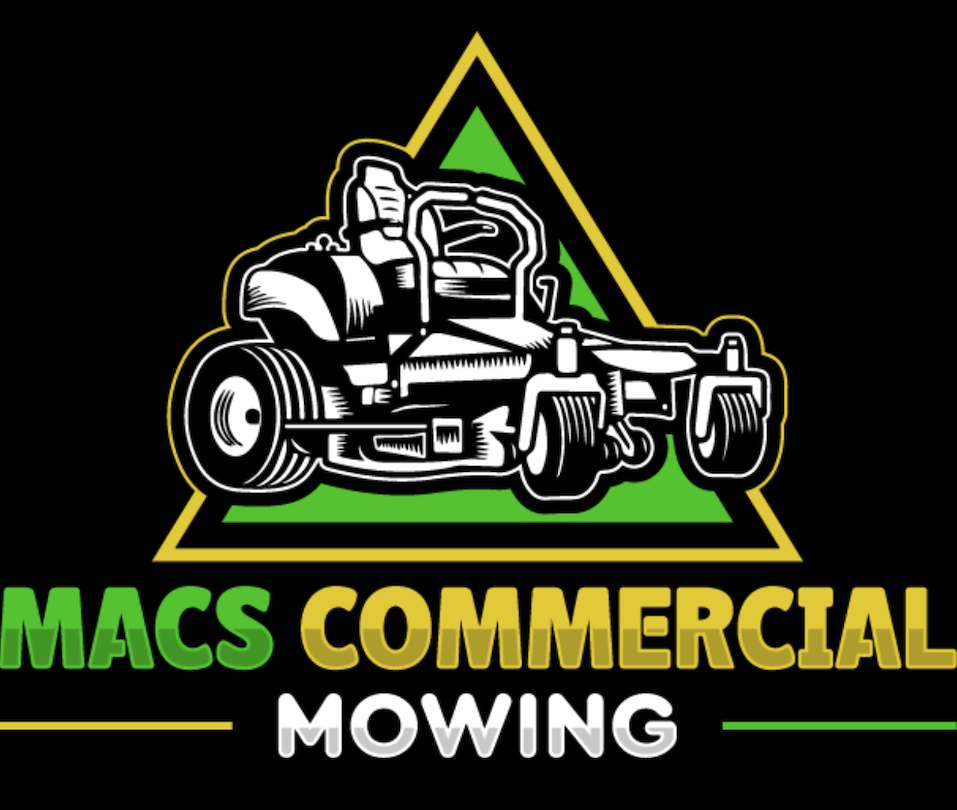The Best Time for Mowing to Boost Grass Growth
Timing matters more than most people think when it comes to lawn care. Mowing your grass at the right moment can mean the difference between a patchy yard and a lush, thriving lawn. It’s not just about cutting it short—it’s about understanding how temperature, sunlight, and growth cycles affect your turf. Mowing too early or too late in the day, or too often in the wrong season, can leave your grass stressed and thin instead of strong and full.
Grass has its rhythm, and when you mow in tune with it, you help it grow deeper roots and fuller blades. The goal isn’t just a neat look—it’s long-term health. By choosing the optimal time for mowing, you’re encouraging steady growth, better moisture retention, and improved resistance to weeds and disease. It’s a simple change that can make a big impact on your lawn’s future.
Why Morning Mowing Can Lead to a Healthier Lawn
Mowing your lawn in the early morning, especially between 8 a.m. and 10 a.m., allows your grass to recover under ideal conditions. The temperatures are still cool, and there’s often some morning dew that helps minimise stress on the blades. This combination creates a supportive environment for healing and regrowth.
As the day progresses and the sun intensifies, grass that’s been freshly cut can dry out faster, leading to browning and stress. Morning mowing also gives your yard a fresh, clean look throughout the day. It’s a simple adjustment with long-term benefits for your lawn’s overall health.
How Timing Your Mow Impacts Grass Root Strength
The strength of your grass starts underground with the root system, and mowing at the right time supports deeper root development. When grass is mowed during cooler parts of the day, it has more energy to channel toward growth instead of recovery. This builds resilience and supports thicker turf.
Cutting during hot midday hours can shock the plant, forcing it to focus on survival instead of strength. By planning your mowing schedule around temperature and sunlight, you’re doing more than just grooming the surface—you’re helping build a stronger, healthier lawn from the ground up.

The Real Reason Evening Mowing Might Hurt Your Yard
Evening might seem like a convenient time to mow, but it’s not always the healthiest choice for your grass. Freshly cut blades are more vulnerable to disease and fungus, and cooler nighttime temperatures can encourage moisture to linger, increasing the risk of damage.
Without sunlight to help the lawn recover, freshly cut grass remains wet for longer, which can lead to problems like mold or brown patches. While it may fit your personal schedule, mowing too late can create setbacks for your lawn. A small change in timing can lead to fewer issues and better growth.
Best Seasonal Windows to Cut Grass for Maximum Growth
Each season comes with its own rhythm for lawn growth, and timing your mowing to match those cycles can improve results. Spring and early fall are usually the best periods for cool-season grasses, while summer is ideal for warm-season varieties. Knowing your grass type makes all the difference.
During peak growing seasons, mowing more frequently at the right times of day encourages consistent growth and stronger turf. In contrast, over-mowing during dormant periods can thin out your lawn. Matching your mowing habits to seasonal growth phases supports healthier, greener, and more resilient grass all year long.
Avoid These Mowing Hours to Protect Your Turf
It might feel productive to mow during the middle of the day, but that’s when your lawn is most vulnerable. The heat of the afternoon, combined with fresh cuts, can cause moisture loss and blade burn. This weakens the grass and stunts long-term growth.
Similarly, mowing late in the evening doesn’t give the lawn enough time to recover before overnight moisture sets in. Both situations stress your lawn unnecessarily. The safest route is to mow in the morning, when conditions are cool and recovery can begin immediately with the help of natural light and airflow.
What Lawn Experts Know About Mowing at the Right Time

Professional landscapers understand that mowing isn’t just a task—it’s a strategic decision. They carefully plan their mowing schedules around the time of day and season to encourage deep roots and strong growth. Mowing at the right time reduces the risk of disease and water stress.
Experts also avoid mowing after rain or when grass is too wet, which can compact the soil and create uneven cuts. By following the habits of professionals, homeowners can mimic their success. Smart timing creates healthier lawns that require less fertiliser, water, and recovery time throughout the growing season.
Small Timing Tweaks That Help Grass Grow Thicker
Sometimes it’s the little changes that make the biggest difference. Shifting your mowing to earlier in the day or adjusting it based on weekly weather patterns can encourage your grass to grow denser and fuller. Thick lawns naturally crowd out weeds and resist pests.
A consistent routine that avoids stress-prone periods—like scorching afternoons or damp evenings—keeps your lawn in peak condition. These timing tweaks may not require extra effort, but they result in a visibly healthier lawn. With the right habits, you’ll see stronger blades and more even coverage across your entire yard.
Understanding Your Lawn’s Growth Cycle for Smarter Mowing
Your lawn isn’t static—it follows a seasonal cycle of growth, dormancy, and recovery. Knowing when your grass type is in its active growth phase allows you to time your mowing for maximum benefit. This supports energy flow to the roots rather than draining it during stress periods.
Cool-season grasses like fescue thrive in spring and fall, while warm-season varieties flourish in summer. Mowing during those growth peaks encourages lush results. When you align mowing with your lawn’s natural rhythm, you’re working with nature instead of against it—and your grass will show the results.
Why Heat and Humidity Affect the Best Mowing Time
Heat and humidity are not your lawn’s best friends during a fresh mow. When you cut grass in extreme heat, you expose it to rapid moisture loss and potential heat stress. High humidity also increases the risk of fungal growth, especially if the blades remain wet after mowing.
By avoiding high-heat afternoons and sticky evenings, you give your lawn the best chance to recover. Morning conditions are cooler and drier, offering a better environment for clean cuts and healthy regrowth. Choosing the right moment, based on daily weather, helps your grass stay vibrant and strong.
Mowing Schedules That Actually Boost Lawn Health
It’s not just about frequency—it’s about consistency and timing. A well-planned mowing schedule based on your grass type and regional climate helps maintain a healthy lawn. Cutting too much or too little can be just as damaging as mowing at the wrong time of day.
Sticking to a predictable routine during ideal conditions gives your lawn time to recover, reduces disease risks, and encourages even growth. Whether you’re mowing weekly or biweekly, make sure you’re doing it at the right hour and season. A thoughtful mowing schedule goes a long way in keeping your yard looking its best.
Conclusion
Timing your mow is more than just a routine—it’s a smart way to give your lawn the edge it needs to thrive. With the right schedule, your grass grows stronger, looks better, and stays healthier throughout the year.
For local help that understands your lawn’s rhythm, reach out to Macs Commercial Mowing in Junee. We’re ready to make your green space stand out.

